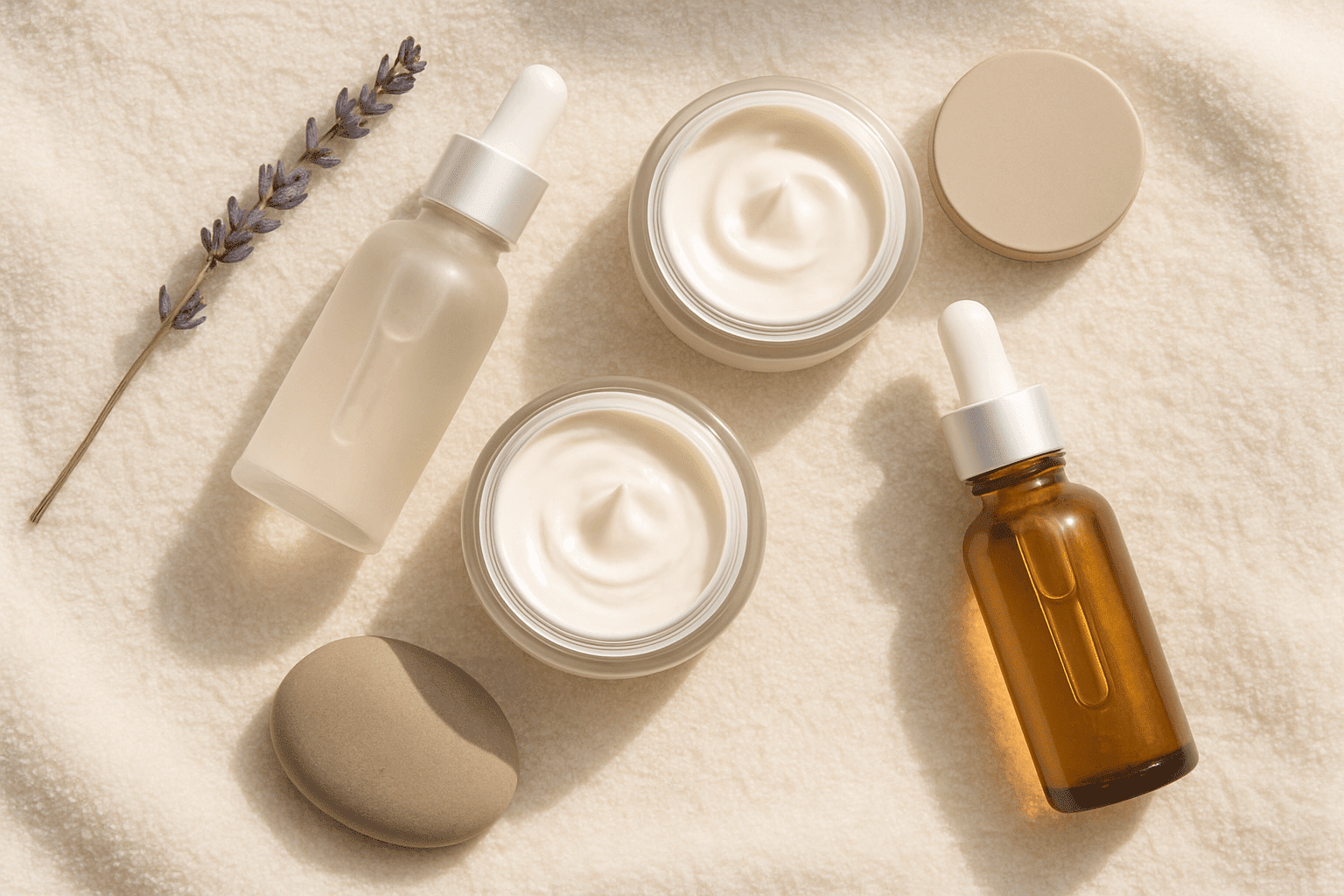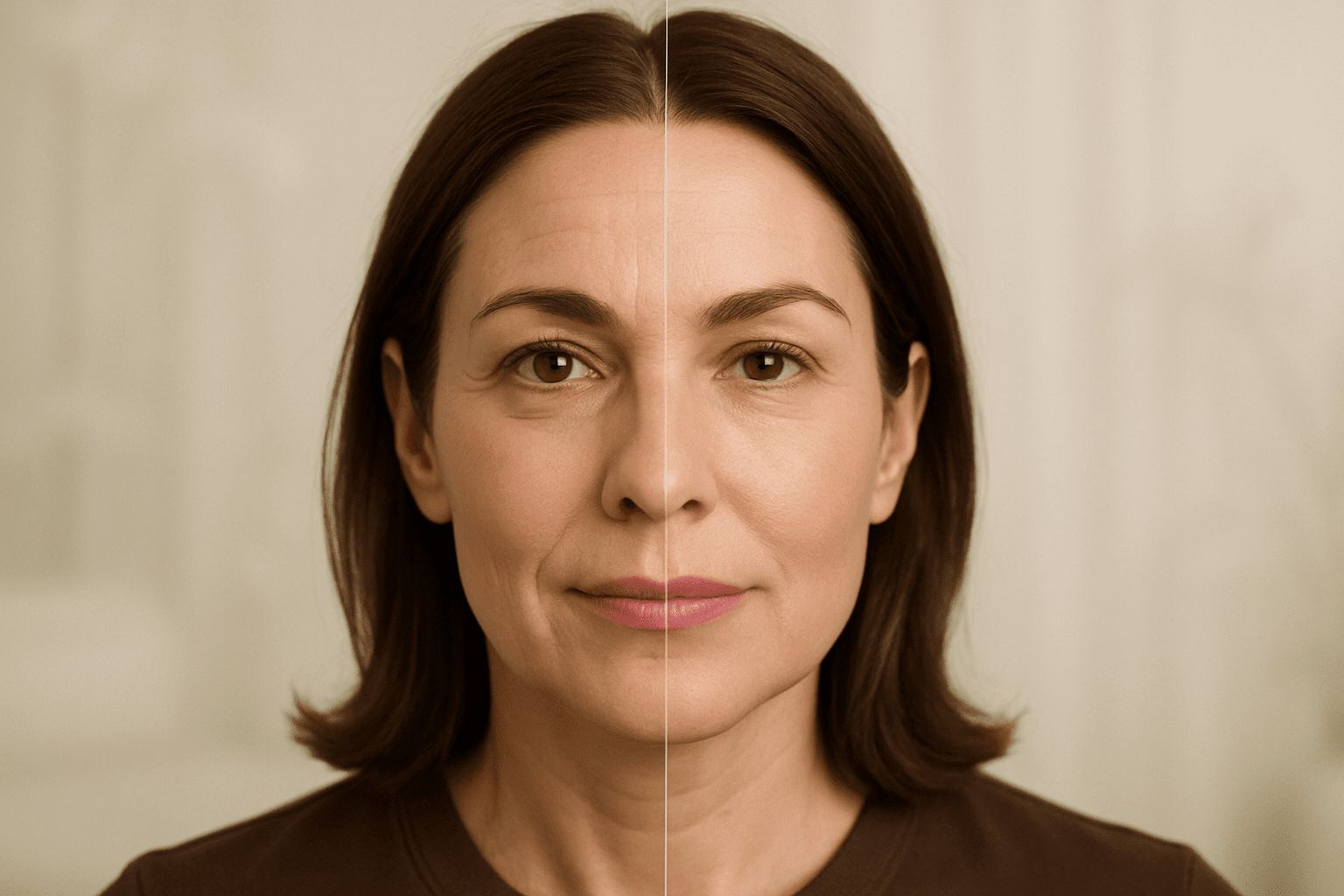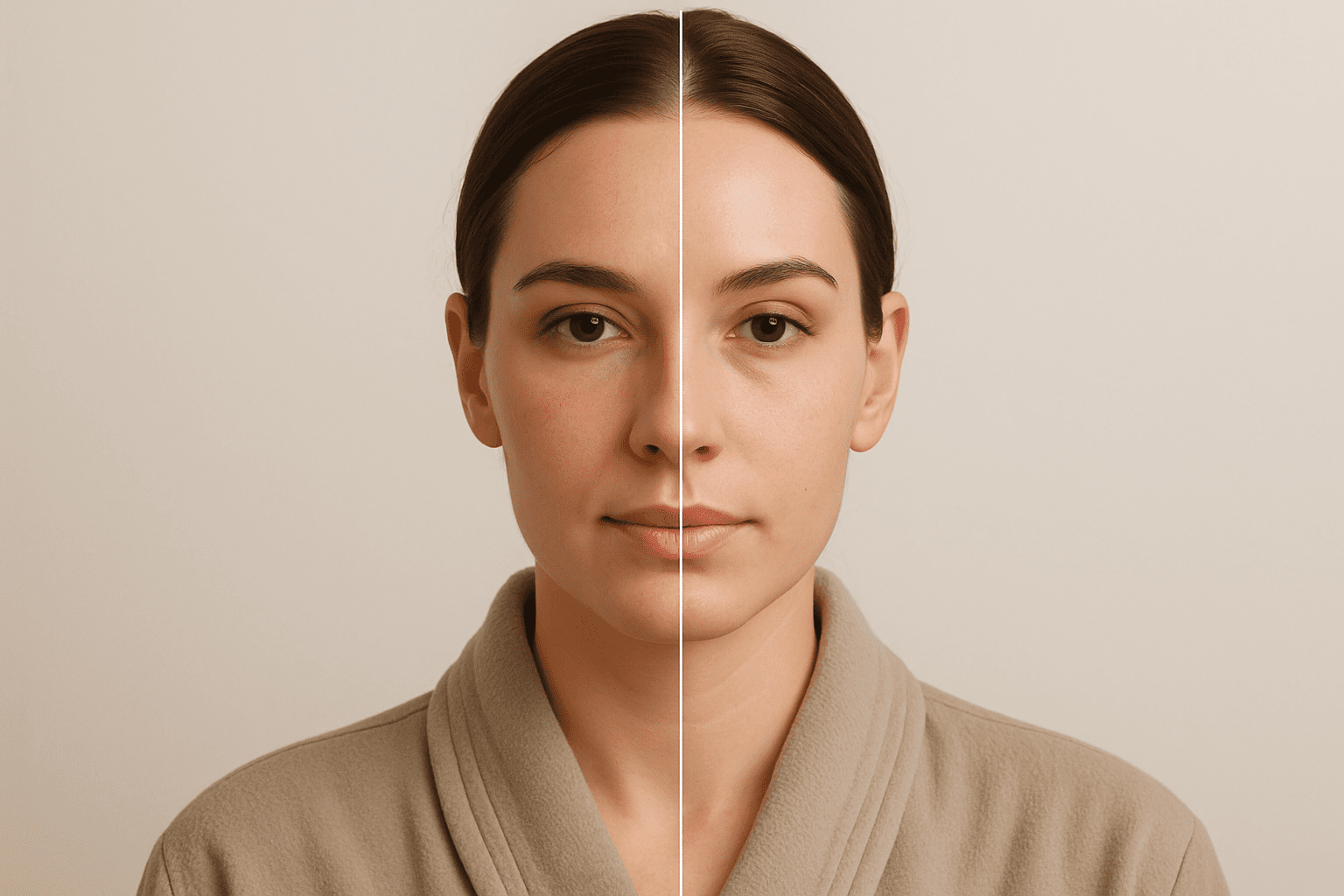Your face isn’t the only place that deserves that smooth, glow-up treatment—your body has skin concerns too. Enter body chemical peels—the underrated hero of advanced skincare. Whether you’re fighting stubborn bacne, rough KP bumps, or discoloration on your back, chest, or buttocks, body peels are transforming how we treat large-surface skin issues.
If you’ve been hunting for real solutions beyond scrubs and serums, this blog will give you the lowdown on how these treatments work and why they’re trending at Skintastic Med Spa in Spring Hill, FL.
Jump to:
TLDR – Quick Guide
- Best For: Bacne, keratosis pilaris, ingrown hairs, pigmentation, rough texture
- What It Does: Exfoliates dead skin, clears pores, stimulates new cell turnover
- Treatment Time: 30–60 minutes depending on body area
- Downtime: Peeling or dryness for a few days
- Where to Go: Skintastic Med Spa in Spring Hill
Implementation Tactics
What Is a Body Chemical Peel?
Unlike a facial peel, a body chemical peel uses stronger exfoliants like glycolic, lactic, or salicylic acid—formulated to penetrate thicker skin on the back, arms, legs, or chest. It works by breaking down the bonds between dead skin cells, encouraging fresh, new skin to rise to the surface.
Bacne: The Main Target
Let’s be honest: bacne is stubborn. Regular breakouts on the back often resist over-the-counter treatments. A body peel with salicylic acid penetrates oily pores and clears acne-causing bacteria.
Results:
- Reduced inflammation and breakouts
- Smoother skin texture
- Fewer clogged pores
Keratosis Pilaris (KP): Bye, Chicken Skin
Those tiny, sandpaper-like bumps on your arms or thighs? That’s KP. It’s caused by keratin buildup around hair follicles. Body peels with lactic acid or urea gently dissolve the dead cells and soften the skin.
Results:
- Smoother skin after 1–3 treatments
- Less visible redness and bumps
- Enhanced skin hydration over time
Hyperpigmentation, Ingrown Hairs & Texture
Whether it’s from shaving, sun exposure, or old breakouts, discoloration and ingrown hairs are no match for a good peel. Glycolic and TCA peels are especially useful for:
- Evening out tone
- Fading dark spots
- Preventing new ingrown hairs
What to Expect
At Skintastic, your body peel will begin with a thorough skin consultation. Once your peel type is selected, it’s applied to the target area and monitored closely. You might feel a mild tingling or warmth during application.
Post-care includes:
- Avoiding sun exposure for a few days
- Moisturizing generously
- Letting any peeling or dryness resolve naturally
Key Takeaways
- Body chemical peels aren’t just for luxury—they’re results-driven treatments.
- Treats a wide range of concerns like bacne, keratosis pilaris, ingrown hairs, and discoloration.
- Customizable formulas mean each peel is matched to your skin’s needs.
- Minimal downtime and lasting results when done regularly.
- Available at Skintastic Med Spa with professional-grade solutions and licensed providers.
FAQs
1. Are body chemical peels safe?
Yes, when administered by a licensed professional. Skintastic uses medical-grade peels that are carefully matched to your skin type and concern.
2. How many sessions will I need?
While some improvement is visible after one session, a series of 3–6 treatments delivers optimal results, especially for acne and KP.
3. Can I get a chemical peel during summer?
It’s best to limit sun exposure post-peel, but with proper SPF and aftercare, it’s possible to do peels year-round.
4. Will my skin peel a lot afterward?
Mild peeling or flaking is common, but not everyone experiences dramatic shedding. It depends on the peel strength and your skin’s condition.
5. Is there any downtime?
Expect some dryness or sensitivity for 2–5 days, but you can return to most activities immediately.



